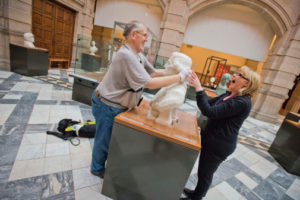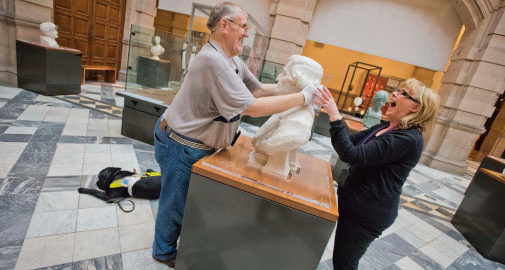
October 21 (TravelAndy): With more than half of people with access requirements avoiding going to new places if they can’t find information about accessibility, VisitEngland and VisitScotland have formed a unique partnership to help businesses tap into the accessible tourism market.
The national tourism organisations have launched a new, free to use website for the easy production and publication of Accessibility Guides. An Accessibility Guide is produced by tourism operators to provide potential visitors with important accessibility information about their venue and service.
The website provides tourism venues with an opportunity to increase business by providing information to potential visitors with access requirements in a user-friendly format. As well as being easier for businesses to complete, the new guide format standardises how information is presented making it easier for disabled customers, their friends and family to compare venues.
Research shows that one in five people in the UK have access requirements. This includes not only wheelchair users, but also people with hearing loss, visual impairments, older people, families with young children and many more. In 2015, £12 billion was spent in England, and £1.3 billion in Scotland, on trips where a member of the party had an impairment. This includes day trips, domestic overnight trips and inbound trips.
A survey by Euan’s Guide found that 54 per cent of people with access requirements avoid going to new places if they can’t find information about accessibility. It is therefore imperative that businesses cater for this market by providing up front, essential information about their venue’s accessibility.
As part of the Equality Act 2010, a service provider has a duty to make reasonable adjustments to ensure disabled people are not put at a substantial disadvantage compared to those who are not disabled.
VisitEngland and VisitScotland’s Accessible Tourism programmes have been supported by the UK and Scottish governments respectively. By working in partnership, the organisations have ensured they bring a unified approach creating consistency for disabled visitors.
Malcolm Roughead, chief executive at VisitScotland, said: “It is our aim to make tourism inclusive and accessible for all, so that every single person can benefit from all that Scotland has to offer. It also represents a huge commercial opportunity for the country with accessible tourism spend valued at £1.3bn. A report released by Business Disability Forum found that 75 per cent of disabled people and their families have walked away from a service provider at a cost of £1.8 billion to UK businesses every month as a result of poor disability awareness.”
“Our new website, created in partnership with VisitEngland, will help businesses produce informative guides in a user-friendly format, that will promote inclusion and enable all our customers to have the opportunity to achieve, to have fun, to live life in the same way as anybody else,” he said.





You must log in to post a comment.